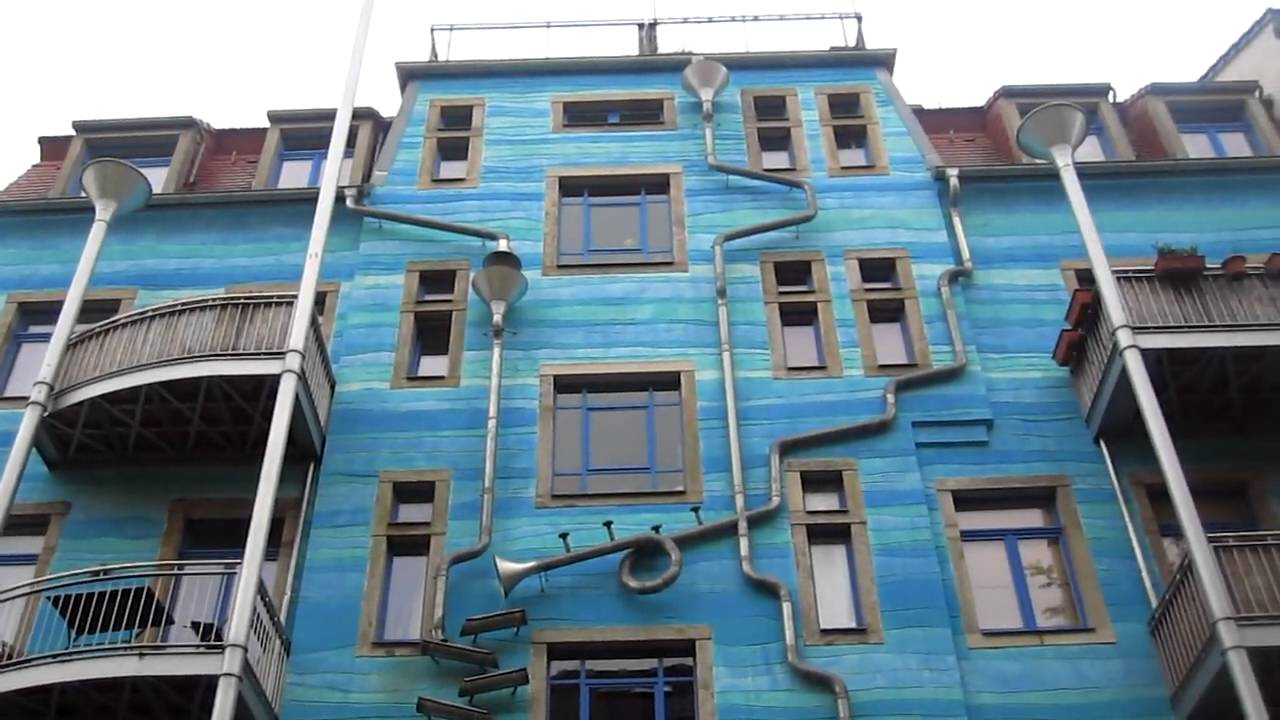
09 Apr Designing for the Unexpected
Permaculture gives us a toolkit to sustainably meet human needs (food, water, shelter, transportation, energy, community). Sustainable means ecologically, economically, AND socially sustainable.
But what IS sustainable? Opinions vary, and even if we could somehow magically reach agreement on what kinds of behaviors and choices are sustainable right now, the future is a moving target.
To complicate matters further, a lot of the stuff we're doing right now isn't really sustainable, but we can't see the consequences in our own backyards, so we rationalize it in the name of necessity: time pressure; economic need; the government or "someone else's" failure to provide a better alternative. People aren't bad; they're just human, facing human pressures.
I think round and round in circles about this stuff on a fairly regular basis. One thing I've learned over the years is that I could find out tomorrow, or five minutes from now, that I'm wrong about something I believe that I thought was based on solid information. Maybe we're wrong about our target of 350ppm atmospheric carbon, for example. Maybe that target is nowhere near stringent enough. Or maybe it's more than enough.
But one things seems pretty solid: We need to consume much, much less than we are consuming now.
Another thing, equally solid, is that most people won't make this a priority no matter how much in our best interest it may be. To take action, people need immediate positive motivation that they can see and feel. In the absence of carrots, no number of "sticks" will motivate people for long.
What I keep coming back to is that the best hope for the survival and "thrival" of life on this planet is to make it really, really cool and really, really fun to be green. Not just light-green, as in CFC lightbulbs and solar panels and hybrid cars, but deep-green as in collaborative consumption, and neighborhood food-grids, and shared housing, and retooling our everyday routines to put a higher priority on capturing and using human energy and creativity. Deep-green as in making our own entertainment. Starting our own hyperlocal businesses. Encouraging our kids to create their own designer fashions rather than yearning for mass-produced labels. Doing errands on foot as a family excursion.
It could be that the most deep-green thing you can do is to cultivate community right where you are. Another deep-green thing to do is put beauty out into the world. Why is that green? Because it cultivates in everyone who sees it the quality of reverence. I have long believed that one of the root causes of environmental degradation, with all its attendant social injustices and economic ills, is a lack of reverence.
People enjoy sharing fun and beautiful stuff. When people share stuff, it catches on. When good stuff catches on among everyday people, it has more power to influence the future than any government policy. In that spirit, here are a few links.
• PBS documentary These Kids Mean Business: "In the course of the documentary, viewers meet young entrepreneurs such as Eric and Derrick, 16-year-old twins in urban Milwaukee, as they promote their thriving lawn-care business; Laima, age 16, who makes sure her Web site development company in New York City doesn’t sacrifice good design and aesthetics for the latest special effects; and, west of the Blue Ridge Mountains, David Lawson of Wise County, Virginia, who began converting six acres of his family property to a vineyard after completing a high school entrepreneurship class several years ago."
• You could set up your own local/neighborhood Walking Group – maybe this will give you some ideas.
• Collaborative Consumption is one of the latest buzzwords in green circles. Read up on it and enjoy! Make a big fat trend out of it in your school or neighborhood.
• Check out the tree of 10,000 Easter Eggs. A German couple decorated a tree in their garden. And enjoy this building that plays music when it rains. You can even watch a video to get the full sight and sound effect of the "Musical Rain in Dresden."
• PERMACULTURE is a nature-inspired approach to designing human environments. It's a toolkit for designing our lives and systems to work within ecological limits. To find out more about permaculture and the Austin area permaculture community, visit Austin Permaculture Guild at www.austinperm.com
All of which brings me to yet another question: This cornucopia of electronic juicy goodness; all this online Sharing that's become so much the In thing — Is it sustainable? Does the good stuff we put out make up for the resources we consume? I don't know — Does it? You decide. What will you do with the positive creative energy you get from the sharing of ideas, whether it's electronic or via word-of-mouth or on paper? I think this is a core question, as we go about the group task of designing a truly sustainable civilization. There's no guarantee of success, but what's the alternative? We don't have anything better to do, right?
If we make being green very delightful and fun, then we've got our motivation built in, no matter how our targets may move in the future. It could be that the best way to design for the unexpected is to design for delight. (Real delight, not the fake glittery version. Deep down we all know the difference.)



No Comments